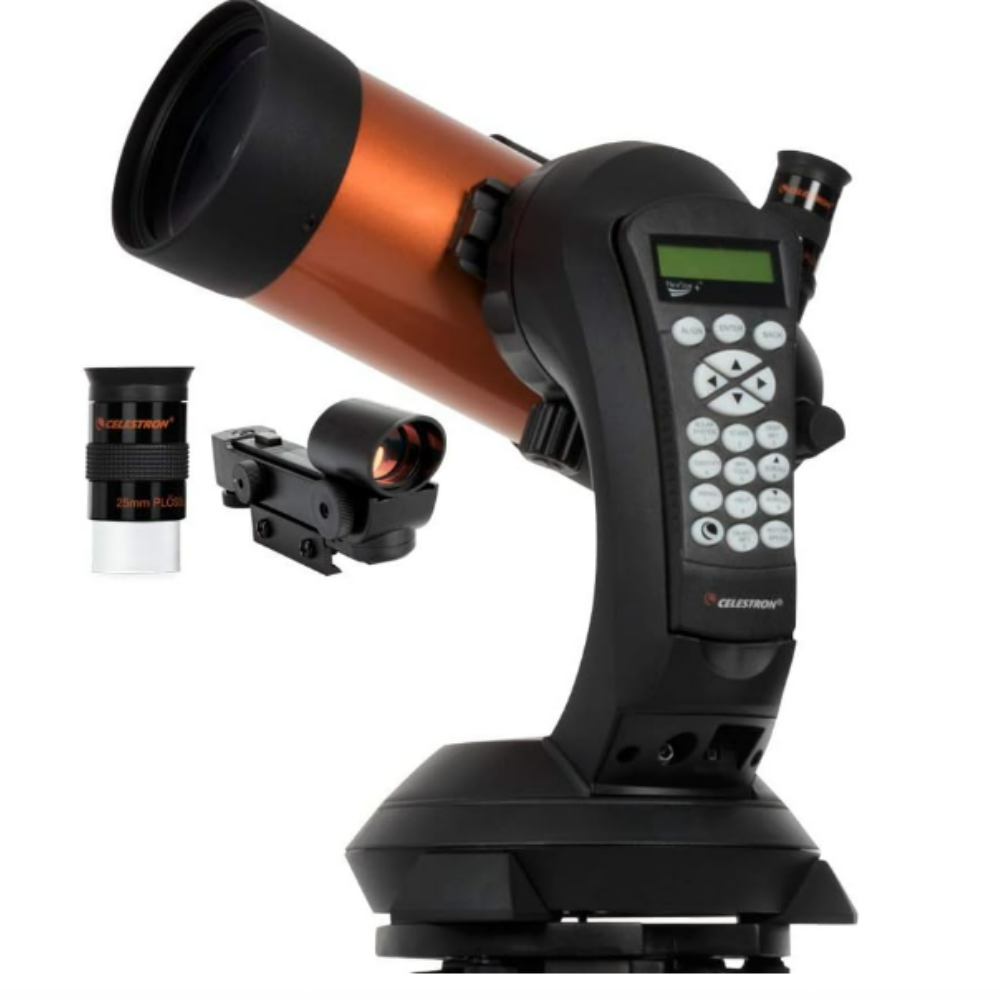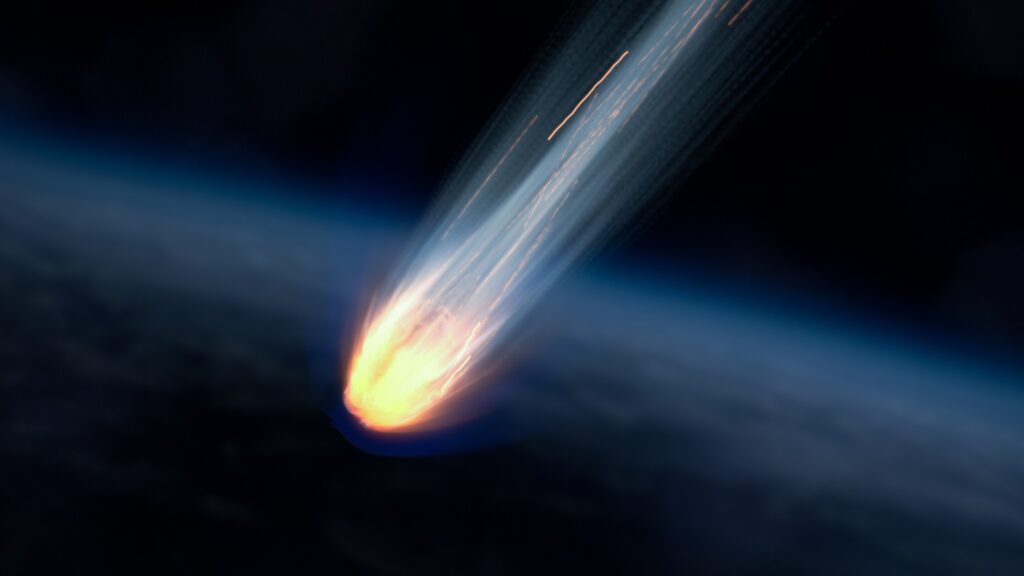India’s first launch of 2022 will send a new Earth observation satellite to space after a sibling satellite was lost in a failed launch last year.
You can watch the launch of the EOS-04 satellite live on Sunday (Feb. 13) at 7:29 p.m. EST (0029 GMT or 6:29 p.m. local time Monday, Feb. 14), assuming that the mission blasts off on time. You can watch the launch live on this page, as well as on the ISRO website and YouTube channel . The livestream generally turns on a few minutes before launch.
The India Space Research Organisation (ISRO)’s previous launch in this series, EOS-03, suffered a catastrophic failure during liftoff in August 2021. ISRO later said the cause was “a failure to ignite the cryogenic stage of the launch vehicle,” according to India’s Economic Times.
Related: Stunning photos show Earth from India’s spacecraft headed to the moon

EOS-03 launched on a Geosynchronous Satellite Launch Vehicle (GSLV) rocket that has yet to fly again since the failure; before the disaster, the heavy-lift GSLV had last launched in 2018, according to ISRO records. The new EOS-04 mission will instead use India’s Polar Satellite Launch Vehicle (PSLV), launching from Satish Dhawan Space Centre in Sriharikota, off the Bay of Bengal.
The mission’s main payload, EOS-04, will be hefted into a sun-synchronous polar orbit with an altitude of 329 miles (529 kilometers), according to ISRO. Such an orbit gives consistent lighting to images below the satellite, making it easier to compare features on the ground from one observation to another.

The mission, ISRO added, will “provide high-quality images under all weather conditions for applications such as agriculture, forestry and plantations, soil moisture and hydrology, and flood mapping.”
Also on board will be two small satellites. The first is student satellite INSPIREsat-1, from the Indian Institute of Space Science & Technology in association with the University of Colorado, Boulder. The mission, according to the university, will perform measurements of a zone of the atmosphere known as the ionosphere, to look at superheated gas (plasma) and other dynamics.
Related stories:
The second is a technology demonstrator satellite (INS-2TD) from ISRO, which is meant to be a precursor to another mission: the India-Bhutan Joint Satellite (INS-2B). ISRO did not provide more details about either satellite on its launch page.
Some additional Indian launches expected to occur this year include the moon lander Chandrayaan-3, a sun-studying mission called Aditya-L1, and another Earth observation satellite called EOS-06 or Oceansat-3, according to the Times of India.
Follow Elizabeth Howell on Twitter @howellspace. Follow us on Twitter @Spacedotcom or Facebook.


